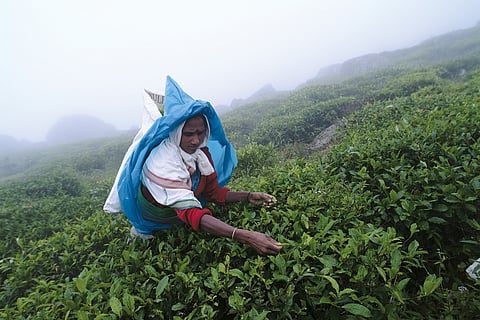Malaiyaha Tamils’ long march to equality in Sri Lanka
IT'S JUST AFTER 6 am on 29 July, and the ordinarily quiet village of Talaimannar, on the small island of Mannar just off the northwest coast of Sri Lanka, is already alive with activity. The sun has just recently risen and the air is still cool. Inside St Lawrence Church, some are listening to the pastor. Others chat in front of the church's soft-orange façade, emblazoned in Tamil with words from the Gospel of John, 15:9: "Abide in my love."
The crowd isn't here for a church service, but rather to set off on a journey 200 years in the making. Sometime around 1823, British colonial administrators began recruiting people from southern India to work as indentured labourers in what was then Ceylon. The labourers were brought over to build transportation systems and cultivate land in the hill country at the centre of the island, a region known as the Malaiyaham. This was territory the British had forcefully acquired after the 1818 Uva–Wellassa Rebellion, which saw Kandyan chieftains' revolt against the colonial administration soon after the Kingdom of Kandy was relinquished to the British Crown. The British especially saw an opportunity to scale up and appropriate local coffee production, already happening on a small scale, and needed a steady supply of workers to achieve this. While Ceylonese labourers helped clear land on the coffee estates, they refused to work on the estates themselves due to the low wages on offer.

